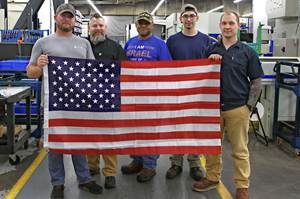Lights, Camera ... Cycle Start
A new show dramatically portrays real-life manufacturing and CNC machining. The pilot episode is now playing.
Share





It is not just that manufacturing has an image problem. The situation is worse than that. Manufacturing has two image problems.
One is the false impression. Manufacturing is seen as loud, dirty, dreary, antiquated—you are no doubt familiar with this bias. In other words, manufacturing is not work to aspire to, and not a type of business to encourage. These notions are, of course, inaccurate. A manufacturing facility today—even just a moderately advanced one—is technologically sophisticated, sleekly organized and dynamically fluid in the pace at which it responds to changing customer demands.
However, the other image problem is arguably even more harmful. Rather than a false impression, many people have a non-impression. The false view of manufacturing at least still leaves people seeing manufacturing as a practice that has its place. Increasingly, though, people have no real sense, and no impression at all—accurate or otherwise—of what manufacturing is and what it does. People do not understand how our society relies on manufacturing, and thus they do not have any concern to give it. The products that we touch every day, the objects and devices that are fundamental to our modern lives, are all regarded as though they began their existence on the store shelves. The empty picture leaves no place to appreciate the work, skill, livelihoods and innovation that goes into making those products real.
Therefore, restoring a healthy level of interest and support for manufacturing requires more than just communicating how far computerized modern manufacturing has come. That is important, but not enough.
Today, the case for manufacturing also has to re-acquaint people—in a very basic way—with just what manufacturing means. What’s more, making this introduction is even more vital than refuting the false impression, because obliviousness is worse than inattention.
However, there is also an opportunity. That ignorance about manufacturing actually creates the chance for a fresh start. The chance exists now—far more than it did even 10 years ago—to instill a new, better, more accurate and more engaging impression of manufacturing. Manufacturing is exciting. We forget that, but it’s true. The excitement comes from successfully pushing an idea beyond the edge of imagination and into reality. For plenty of people today, there is no preconception that stands in the way of their discovering, for perhaps the first time, the thrill of crossing that edge.
Enter The Edge Factor—a new show focused on manufacturing.
The new show, in particular, focuses on manufacturing as almost everyone reading this magazine understands it. Certain shows on cable TV in recent years have shown products being made, but this show will tell the stories of the people and processes involved in making discrete production parts through CNC machining. In fact, the initial episode focuses on how just such a part proved vital to the show itself. Future episodes will highlight machined parts in other applications—maybe including yours (see below). In Chicago earlier this year, attendees to IMTS got to see a 4-1/2-minute preview of the new show. Now, the full pilot episode can be viewed in its entirety at edgefactor.com.
For Lack of a Rig
Executive producer Jeremy Bout and director Francois Driessen are the show’s creators. Their concept for The Edge Factor is this: Each episode begins with an exciting machine, device or product—say, a racing engine or a performance aircraft—and works backward from that product to explain how a critical machined component was manufactured to specification. Stories feature not only footage of the CNC machining involved, but also technical discussions of the machining challenges. Providing these technical discussions is where Modern Machine Shop makes its onscreen contribution to the show.
Though the creators never intended it, their pursuit of the pilot episode—which would be filmed in 3D—actually captured the very essence of why manufacturing is important. The plan was to focus on a critical steering-related component for jet boats. The launch of the episode would come from 3D footage of these boats shooting across the rapids of the Niagara River (near where Mr. Bout grew up). At least, that was the plan.
What Mr. Driessen soon discovered is that the hardware for using 3D camera equipment in extreme environments did not exist. Filming in 3D often involves mounting two cameras side-by-side. The rigs for this mounting tend to be heavy, and are restricted to particular cameras. By contrast, this show would need a rig that was light enough to maneuver not only, say, within a helicopter over the rapids—but more significantly within a machine shop or a machine tool. The show also needed a rig adjustable enough to accommodate the side-by-side positioning of various types of cameras. Mr. Driessen could imagine the rig he wanted, and he could even sketch a picture of it, but he could go no farther than that. The rig would have to be made. The Edge Factor itself needed machining services.
Thus, the show confronted a principle in miniature that is also true at the scale of an entire nation. Namely: Without manufacturing, real innovation is impossible.
Living the Edge
Mr. Bout knew where to get the rig made. He turned to contract manufacturer Myles Tool of Sanborn, New York. Mr. Bout had once worked for this shop. In fact, his appreciation for machining dates from his experience there, before he began a career making films.
As the show’s team began its conversation with Myles about the rig, Mr. Bout says it became clear what was happening. “We were living an Edge Factor episode,” he says. The seemingly small story of the rig part offered a promising subject for an episode, and in fact offered a better first story than the boat part did. Following the rig would let the show portray, all in one episode, a variety of the kinds of talents, people and decisions that figure into manufacturing challenges.
For example, Joe Adams, who supervises Myles Tool’s cutter grind area, took up the role of creating a solid model of the rig from Mr. Driessen’s paper sketch. This involved tension, because the film director changed details of the design even as production plans moved ahead. Machine shop supervisor Jim Thiel then reworked the shop’s production schedule in order to get this part made within the show’s tight filming timetable—all without disrupting the expectations of the shop’s many other customers. Finally, at the machine tool, Myles Tool’s Mark Farina programmed tool paths, ran the job, and—as the episode describes—also suggested and implemented a final design change to the rig that both improved its function and reduced its cost.
In short, this first episode allowed the show to do far more than introduce the audience to CNC machining. By telling the story of the rig, the episode also provided a way to introduce viewers to an important type of manufacturing business: the CNC machining job shop.
Audience Input
The show is still in the earliest phase of its development, with much of its potential still unknown. One obvious question, for example, is whether the show will be seen on broadcast television. The early answer is: Maybe. A popular cable channel has shown interest. However, the key questions surrounding broadcast include not only whether TV is sufficiently interested, but also whether TV would sufficiently preserve the aim of the show. The mechanism of delivery might ultimately be broadcast, or it might be “narrowcast” via the website, podcast and a variety of other venues.
The show’s team is currently pursuing a plan to develop six further episodes. Funding is coming from manufacturing technology companies interested in seeing the show’s positive message about manufacturing carried forward. The pilot episode, for example, is sponsored by Doosan, Sandvik Coromant and SolidCAM. Mr. Bout says audience members can help the show in at least two meaningful ways.
One is by signing in at show’s website, he says. Demonstrating a large online following will help the show with advancing into other venues. (You can also follow news about the show at Facebook.com/EdgeFactor.)
The other way to help the show is by pitching a story for a future episode. The Edge Factor website includes an area for inputting basic information about manufacturing success stories, including one you may have seen in your own shop or plant. In particular, the show is interested in manufacturing stories related to exciting end products. Production facilities that are open to the intrusion of a film crew are still being sought, says Mr. Bout, and they are not necessarily easy to find. You might have never imagined it before, but your own coworkers—not to mention your machine tools—could end up as film stars.
Related Content
Workholding Fixtures Save Over 4,500 Hours of Labor Annually
All World Machinery Supply designs each fixture to minimize the number of operations, resulting in reduced handling and idle spindle time.
Read MoreHow to Pass the Job Interview as an Employer
Job interviews are a two-way street. Follow these tips to make a good impression on your potential future workforce.
Read MoreFinding the Right Tools for a Turning Shop
Xcelicut is a startup shop that has grown thanks to the right machines, cutting tools, grants and other resources.
Read MoreFinding Skilled Labor Through Partnerships and Benefits
To combat the skilled labor shortage, this Top Shops honoree turned to partnerships and unique benefits to attract talented workers.
Read MoreRead Next
Registration Now Open for the Precision Machining Technology Show (PMTS) 2025
The precision machining industry’s premier event returns to Cleveland, OH, April 1-3.
Read More5 Rules of Thumb for Buying CNC Machine Tools
Use these tips to carefully plan your machine tool purchases and to avoid regretting your decision later.
Read More


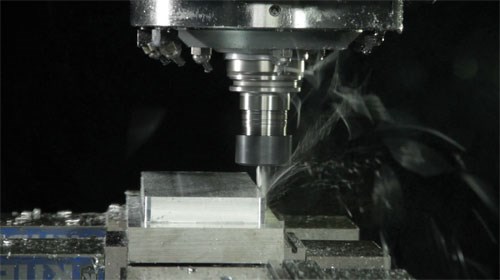
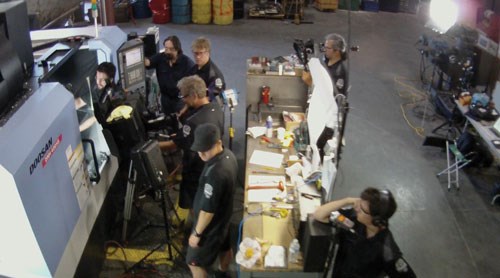
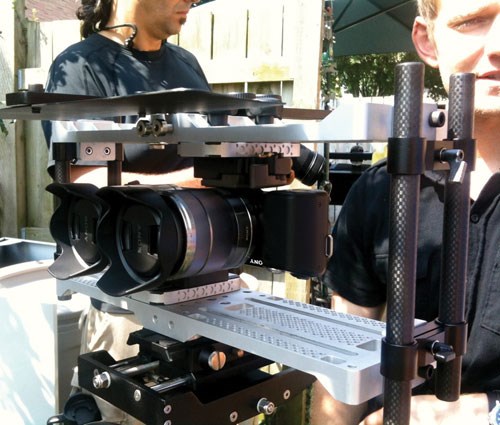
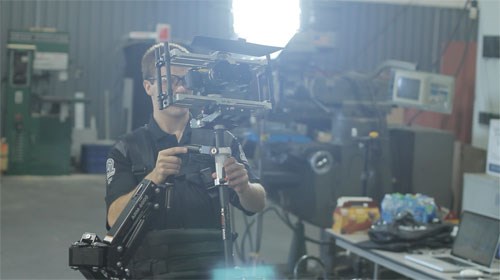
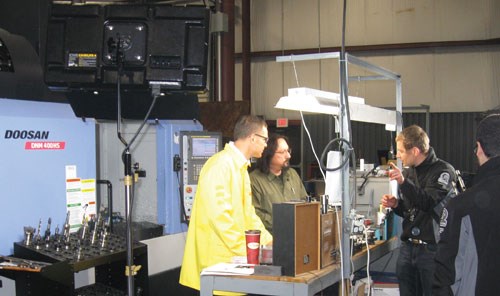




























.jpg;maxWidth=300;quality=90)




